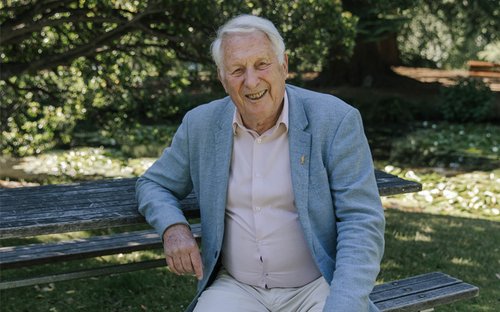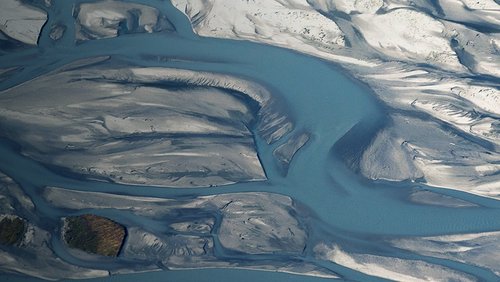26 Sep 2024
The 2024 Kiwibank New Zealander of the Year, Dr Jim Salinger, is a Climate Scientist and an influential communicator on climate change. A Companion of the Royal Society of New Zealand, he was a lead author for the Intergovernmental Panel on Climate Change, which earned the Nobel Peace Prize in 2007. He won the 2018 World Meteorological Organisation Award and the New Zealand Institute of Agricultural & Horticultural Science’s 2019 Jubilee Medal.
How do you work with engineers?
I carry out cutting-edge science that’s crucial for understanding Earth’s changing climate by examining the larger New Zealand region, including the Tasman Sea and oceans to the south and east. The latest research project involves documenting the recent record warm season heatwaves in the Tasman Sea/New Zealand region. Recently we have updated the Southern Alps glacier record and shown a loss of about half the glacier ice volume of the Southern Alps since the mid-20th century.
How does your work impact on engineers?
Our scientific community continually seeks to push into oceanic, alpine and rural locations in the over four-million-square-kilometres of New Zealand’s territory, from the Kermadecs in the north to Campbell Island in the Southern Oceans, and to the Chatham Islands to the east. This creates unique opportunities for engineers to respond to special issues. I have seen many examples of engineers excited to use their skills and experience to meet these unusual challenges presented by these harsh environments, such as installation of deep-sea transmission cables or power infrastructure through mountainous terrain.

How do engineering decisions impact on your work?
The interaction of global tectonic movement with melting of mountain and ice sheet melting and swelling of oceans owing to heating provide large uncertainties in future projections of sea level rise. Engineers must embark on design structures for protection or retreat, hence there is considerable urgency to better understand and design for these processes. The increase in extreme heatwaves requires building engineers to include design and technology to cool buildings. As well, design of sewerage and stormwater systems to cope with future floods is essential for engineering design. We are therefore critically reliant on a collaborative approach for scientists to come up with creative solutions to unique problems to advance understanding. It wouldn’t be possible to push the boundaries of science in these ways without the feedback and passion from engineers.
What are two key observations you’d make after working with engineers?
I have benefitted from the contribution of engineers at many stages in my career. I am grateful for their forward thinking – often identifying solutions that meet not only immediate challenges, but also issues not yet identified. Engineers are very aware of the risk of hazards. We work in unusual, dangerous environments so it is reassuring to know that the people designing solutions have an eye on how the people operating the equipment will respond to the unfamiliar equipment and conditions.
This article was first published in the September 2024 issue of EG magazine.





